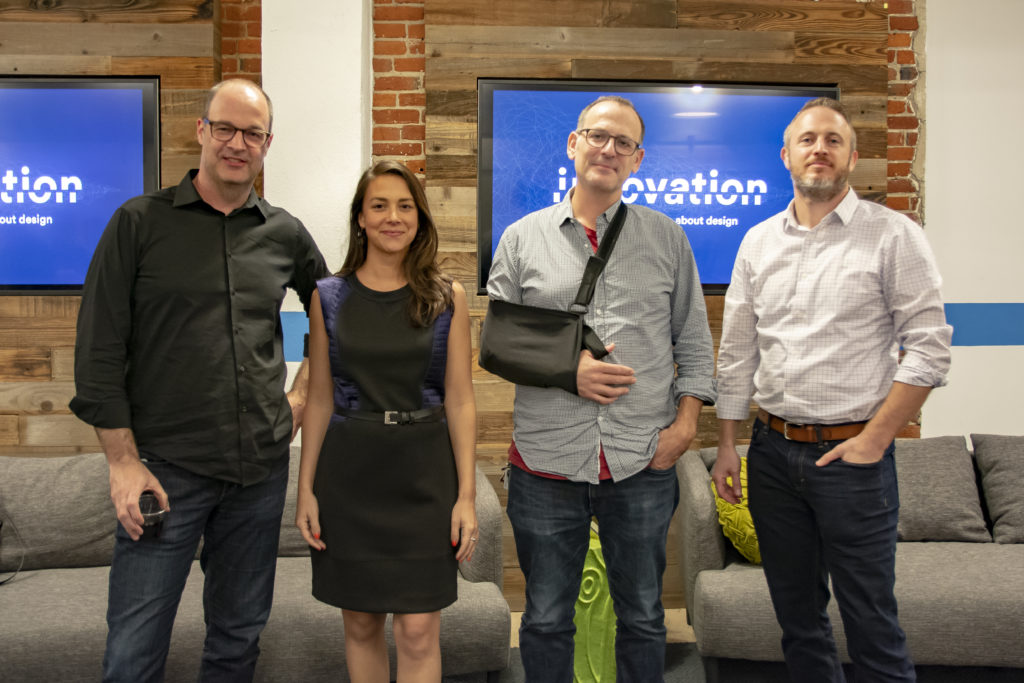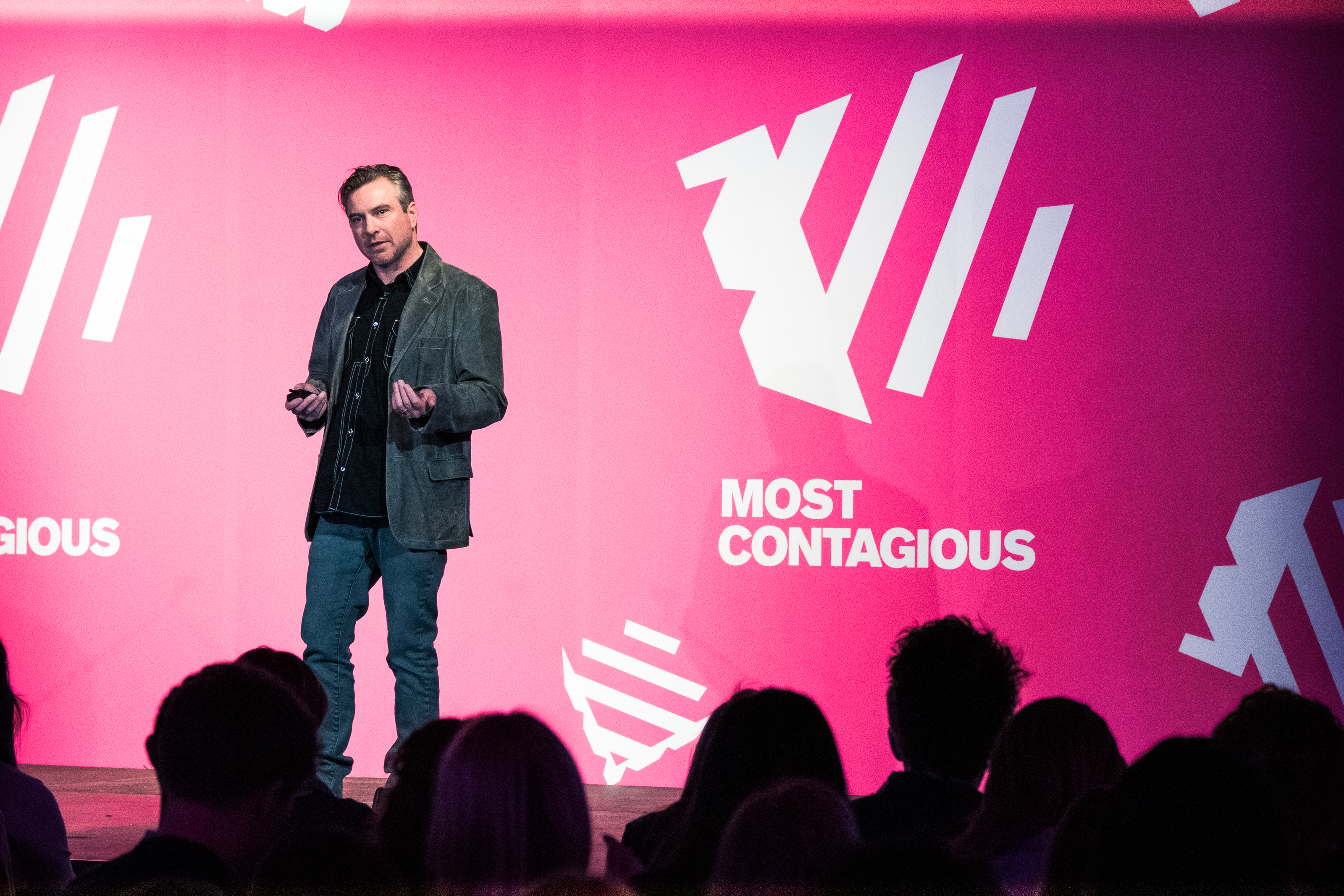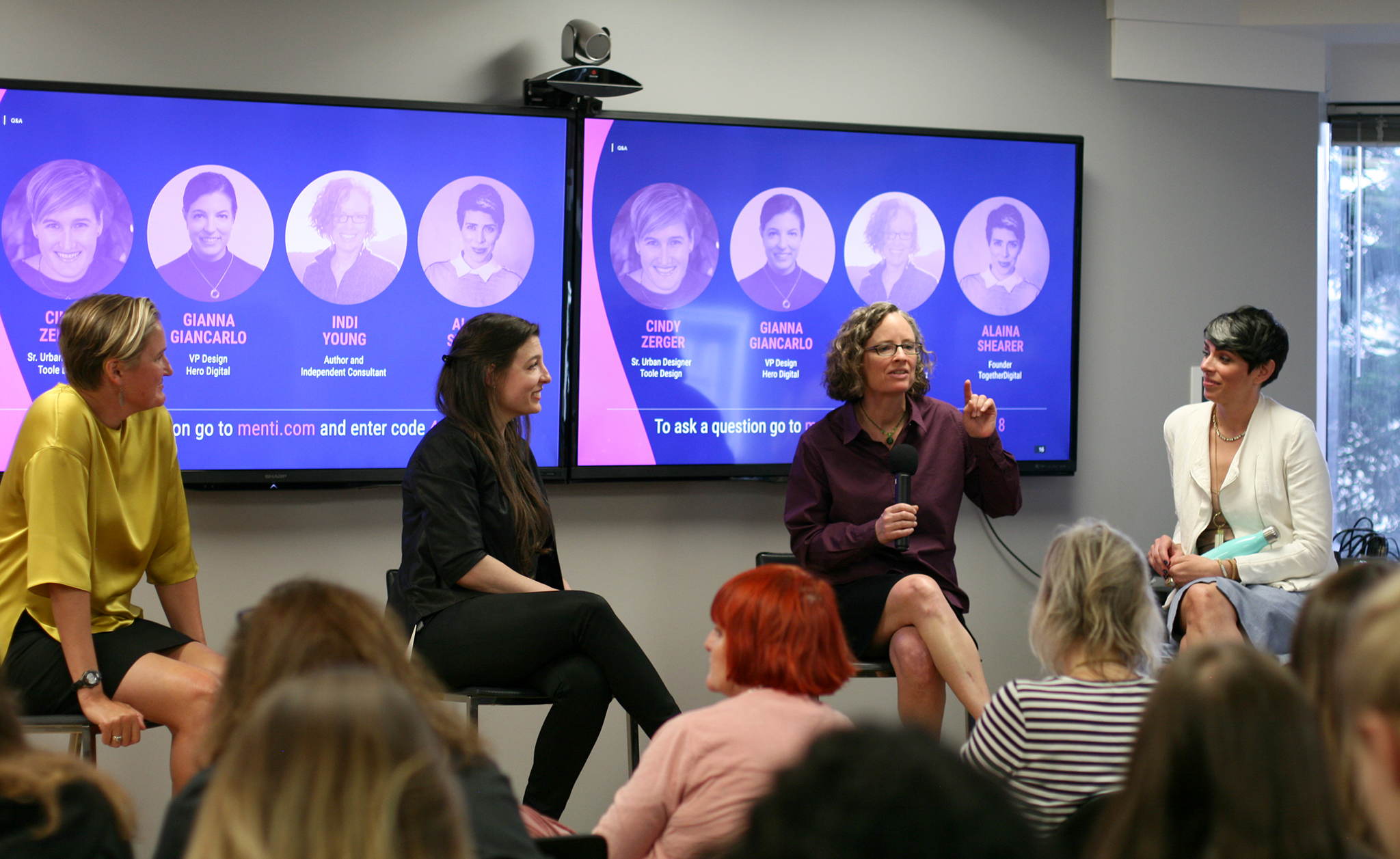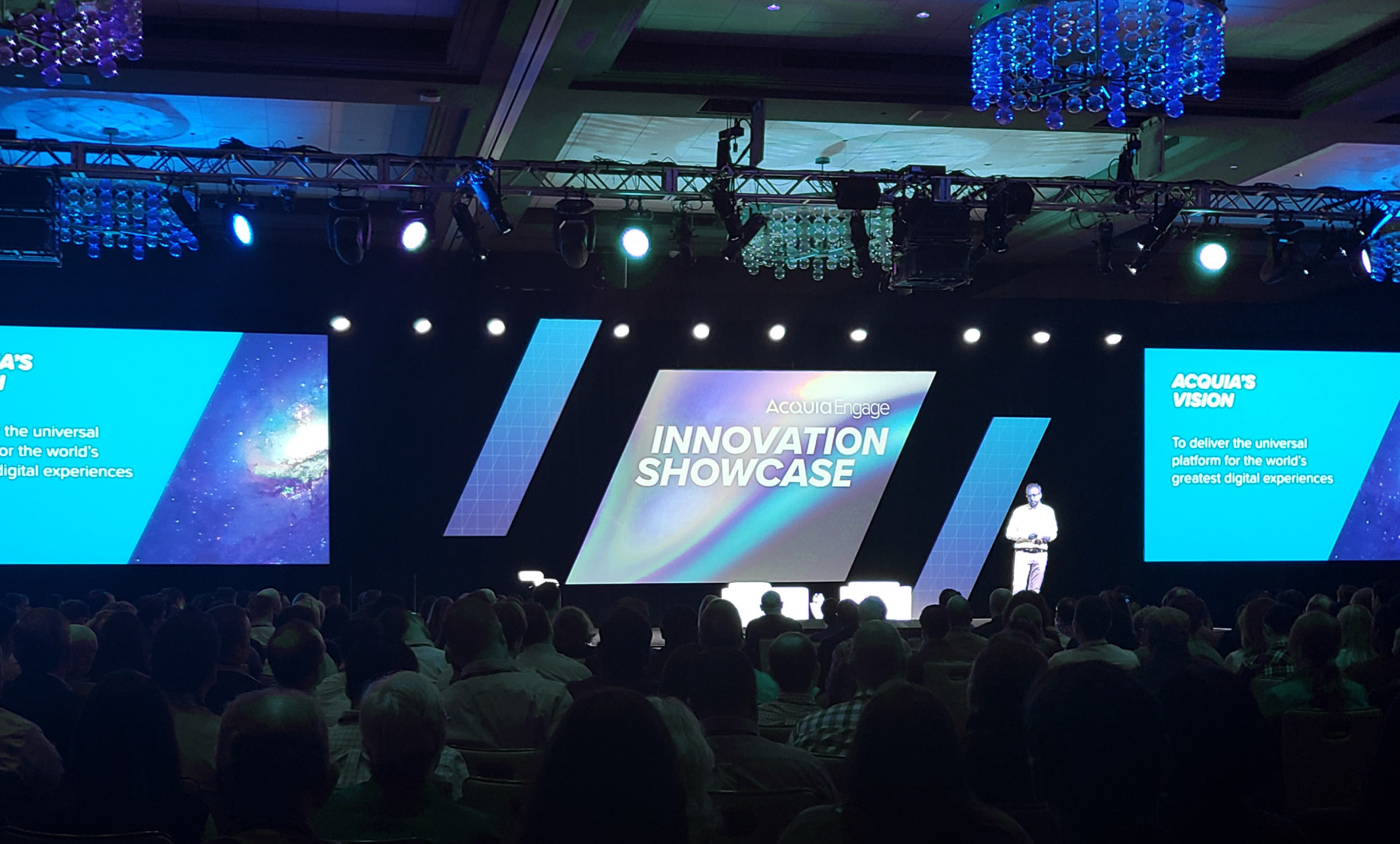What exactly is innovation? The term is coined as the key to the future in the modern world of business, but its overuse has put people, especially designers, in a creative landscape of redundancy. With 63% of business leaders worldwide attributing their companies’ innovation success to “fresh thinking,” we wanted to ask Philly design leaders about their strategies to think outside of the box to impact design and business development.
During DesignPhiladelphia week, Hero Digital hosted an insightful panel that tackled the buzzword, from its definition to its validity for delivering tangible results. The panel was moderated by Danielle Rossi, Senior Vice President of Client Services at Hero Digital and joined by Antoinette Marie Johnson, Founder and CEO at Cohere, Mike Gadsby, Chief Experience Officer at O3 World, Geoff DiMasi, Founder and Principal at P’unk Ave, and Robert Fisher, Executive Creative Director at Hero Digital.
To kick off the panel, we asked each panelist what innovation means to them and how they incorporate the term into their design processes:
“Reimagining the familiar” – Robert Fisher
Robert’s approach to innovation is a balance between creating something completely new that’s never been done before and incorporating a familiarity to it that is meaningful to the individual. He advocates for a contextual connection for an audience to resonate with, no matter the end product. If that connection is missing, you’re simply “innovating for innovation’s sake.”
“Finding a better way” – Mike Gadsby
Mike believes innovation is about finding a better way to do just about anything. The invention of information and mass distribution via the printing press is the perfect example of innovation. How can you reposition old concepts and products into new and more efficient processes?
“Applied invention to problem solve” – Geoff DiMasi
Innovation is not about inventing something brand new, according to Geoff. It starts with first understanding the problem and following that up with research. Once the problem is understood you can apply someone else’s invention to help solve that problem.
“Finding blue ocean” – Antoinette Marie Johnson
How can you say innovation without actually using the term “innovation”? It’s about applying new ideas to the blue ocean that most people are often afraid to explore. Antoinette highlights Airbnb’s ability to find their blue ocean when they realized that there was a need for hotel rooms but without the hospitality price tag and a need for home owners to earn a living by renting out their space.

What strategies and methods allow design to drive innovation?
All leaders want to pursue “fresh thinking,” but that’s much easier said than done.
At P’unk Ave, Geoff approaches design as creating a structure that tricks our brain into doing something meaningful through a process that has evolved over centuries.
At Cohere, Antoinette implements an exercise which encourages individuals to blurt out 52 ideas to solve a specific problem no matter how ridiculous the idea might be. It’s about overcoming the fear of failing and learning how to “fail smarter.”
The end user is critical to creating design concepts. At O3 World, Mike focuses on not solving problems for the sake of solving problems. O3 World builds products for people that arise from people problems by understanding customer experience and their relationship with the product.
Good design takes time, and innovation doesn’t magically happen. Robert Fisher credits failure as part of the process. A degree of risk is essential to find a solution that is better than the last.
Follow our Twitter to see our upcoming events!







